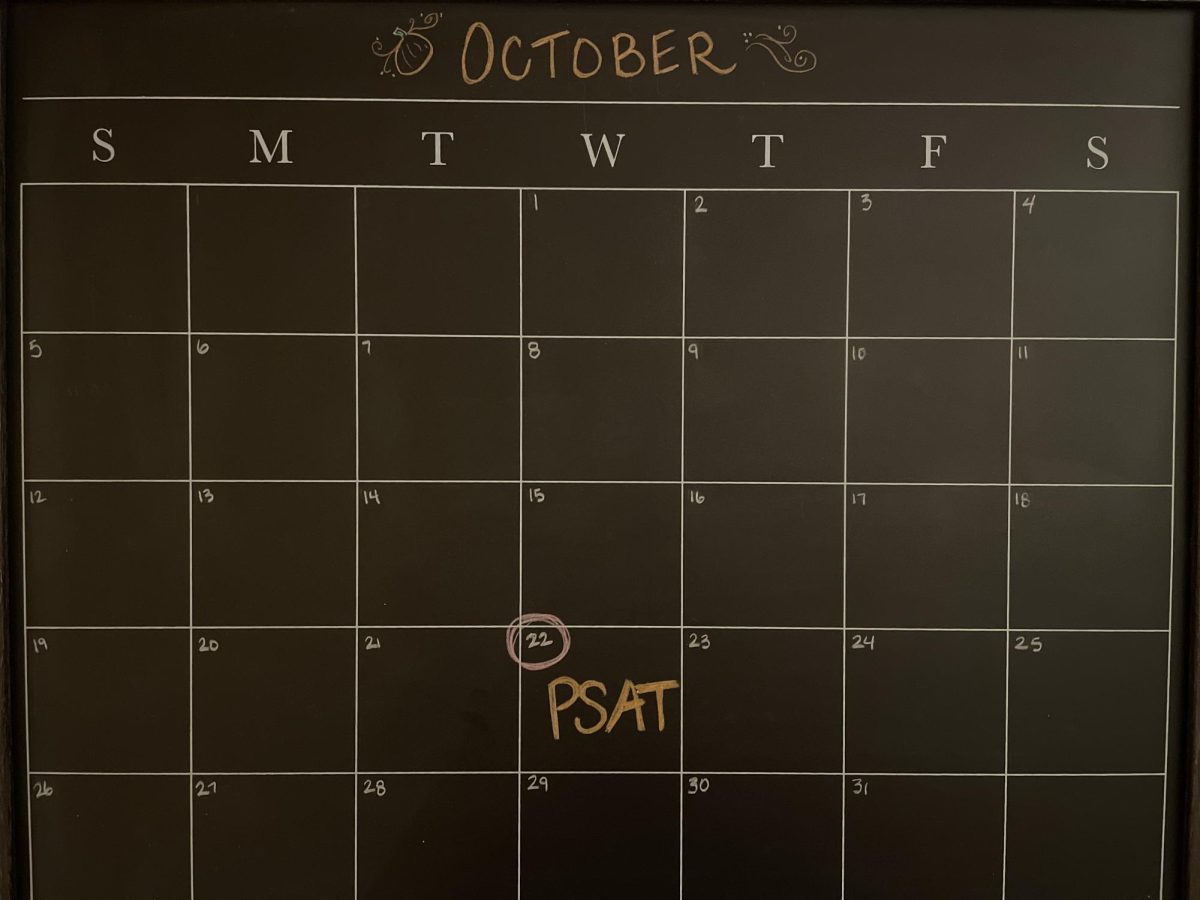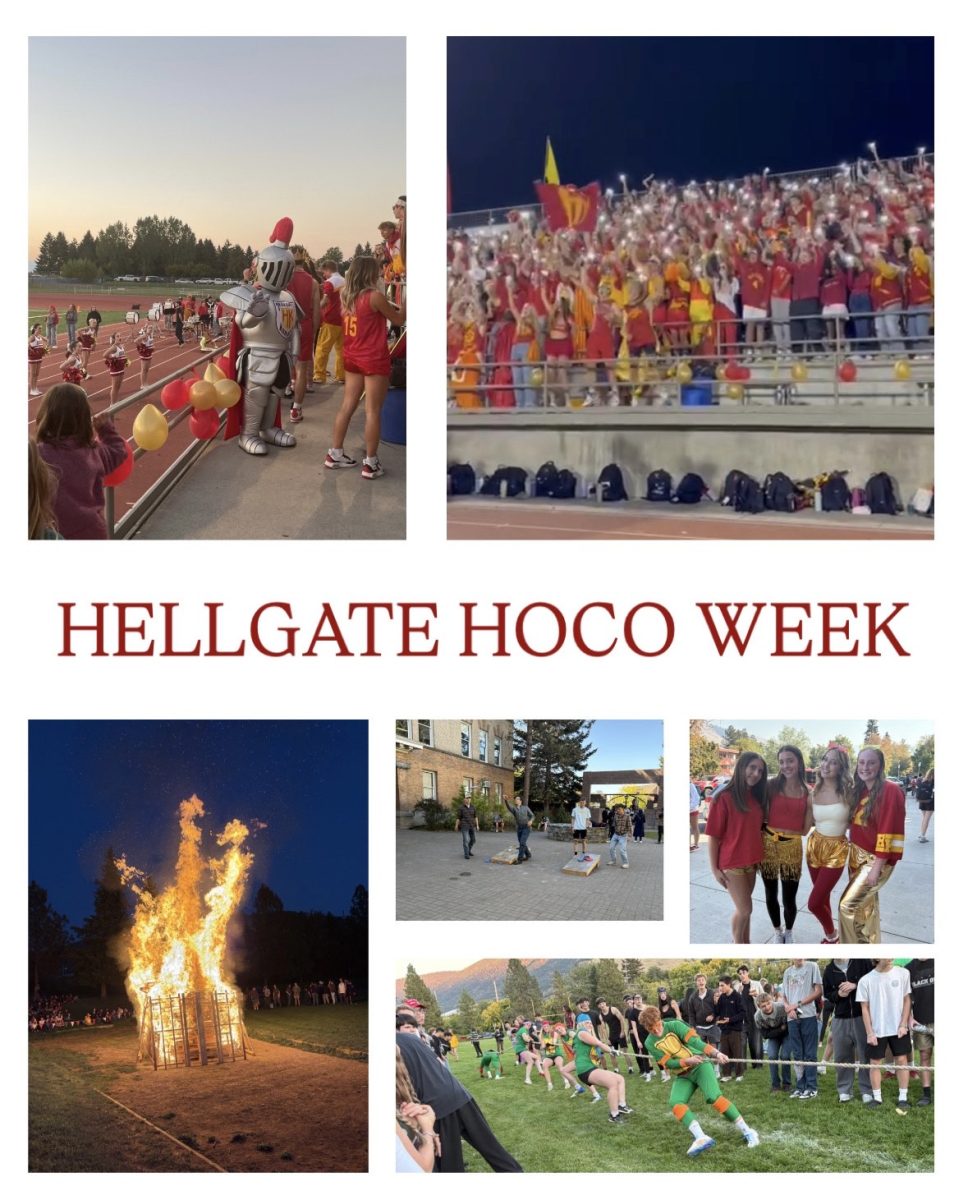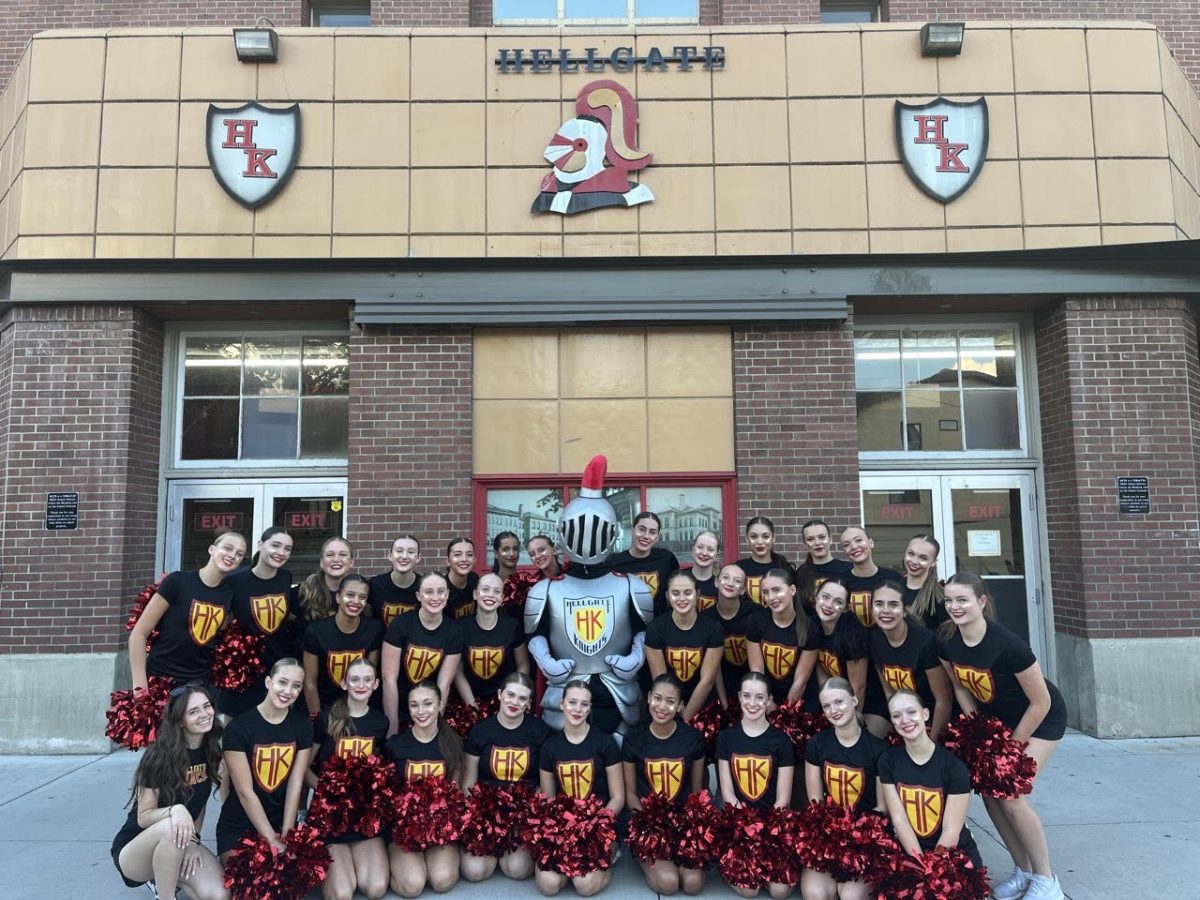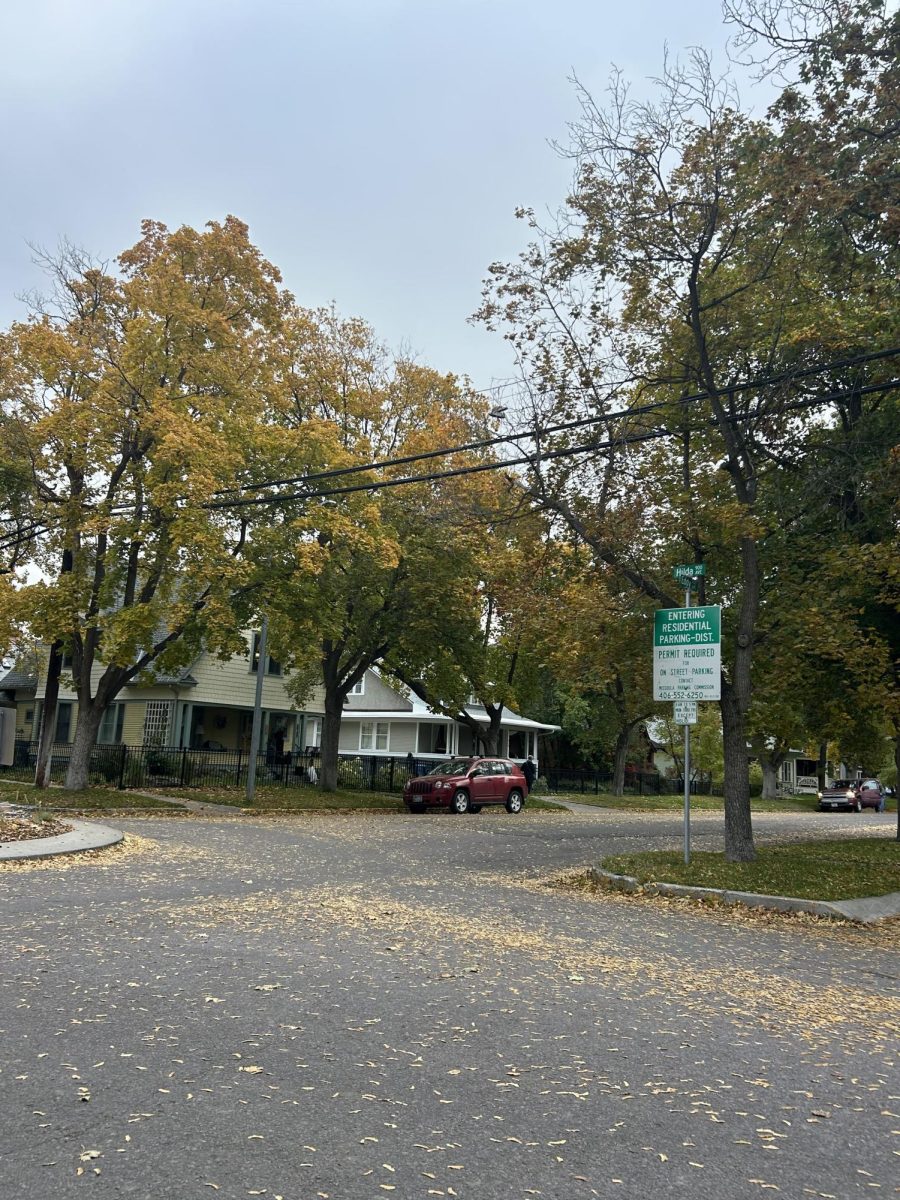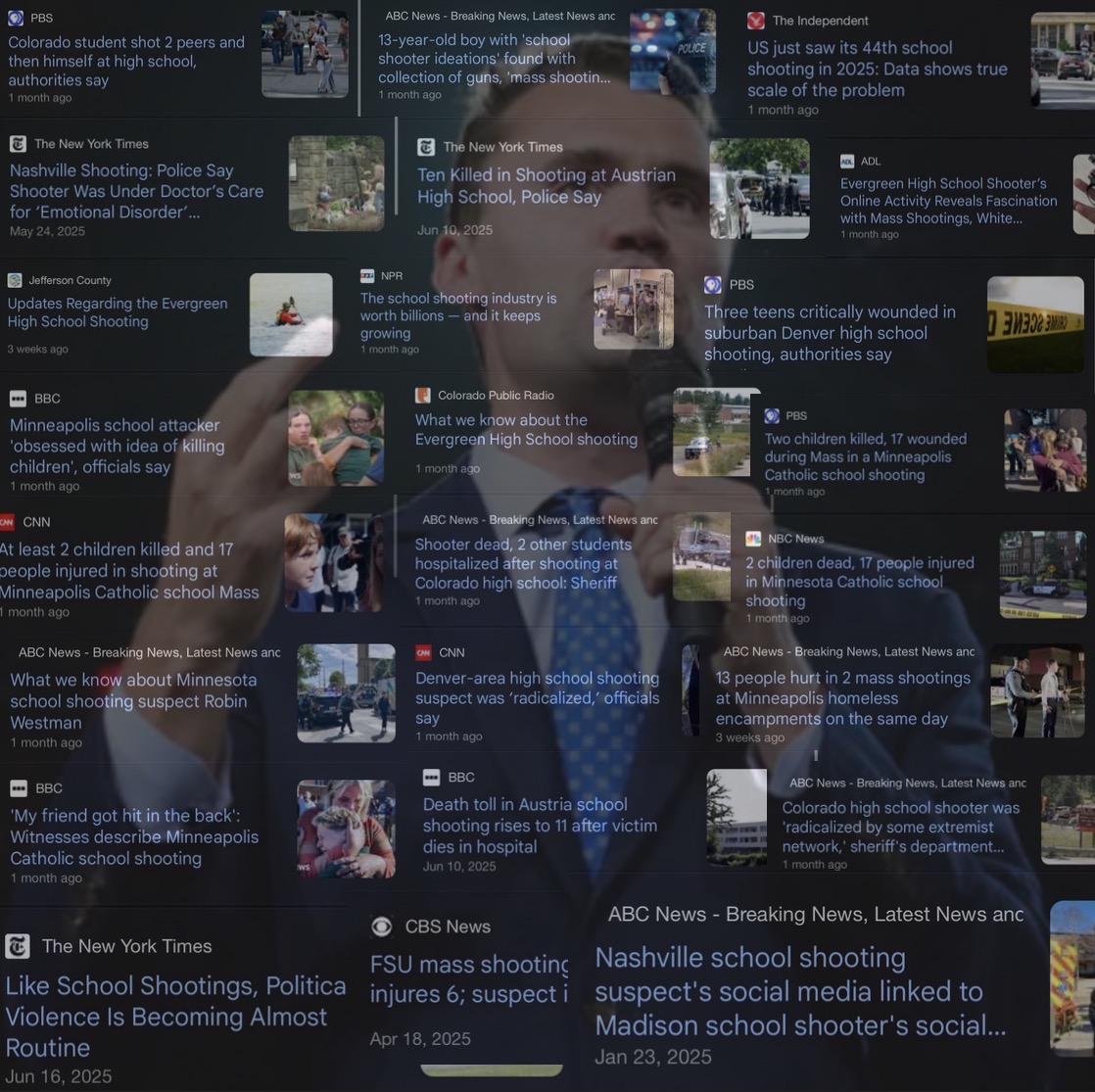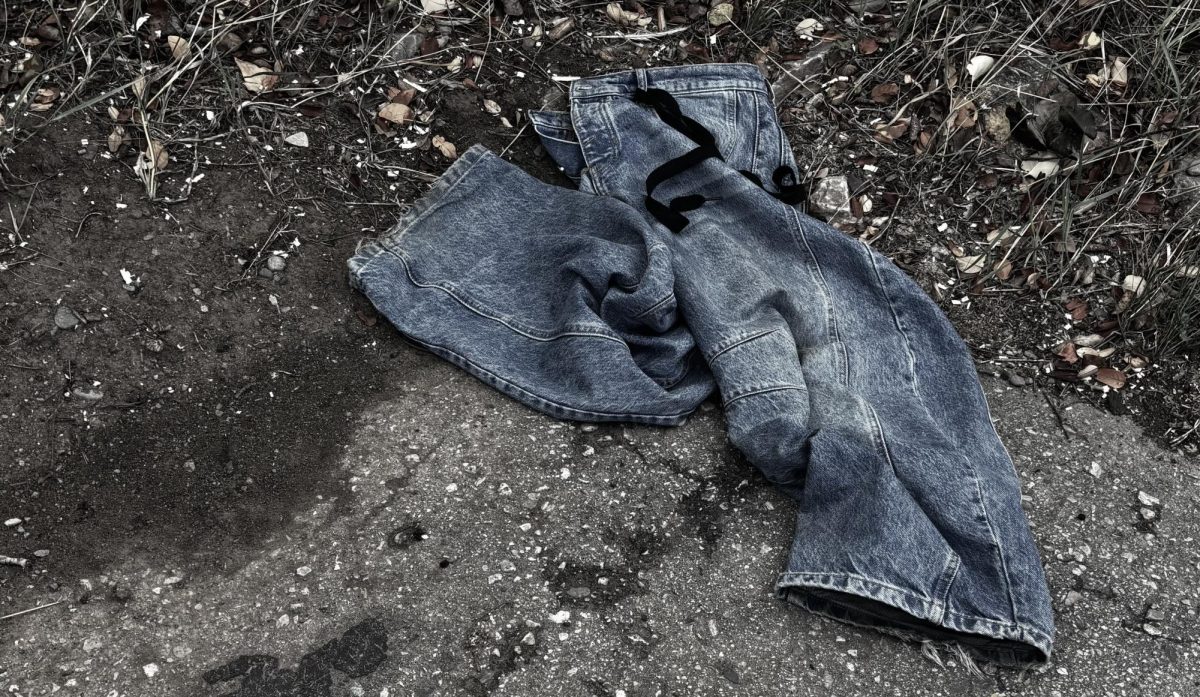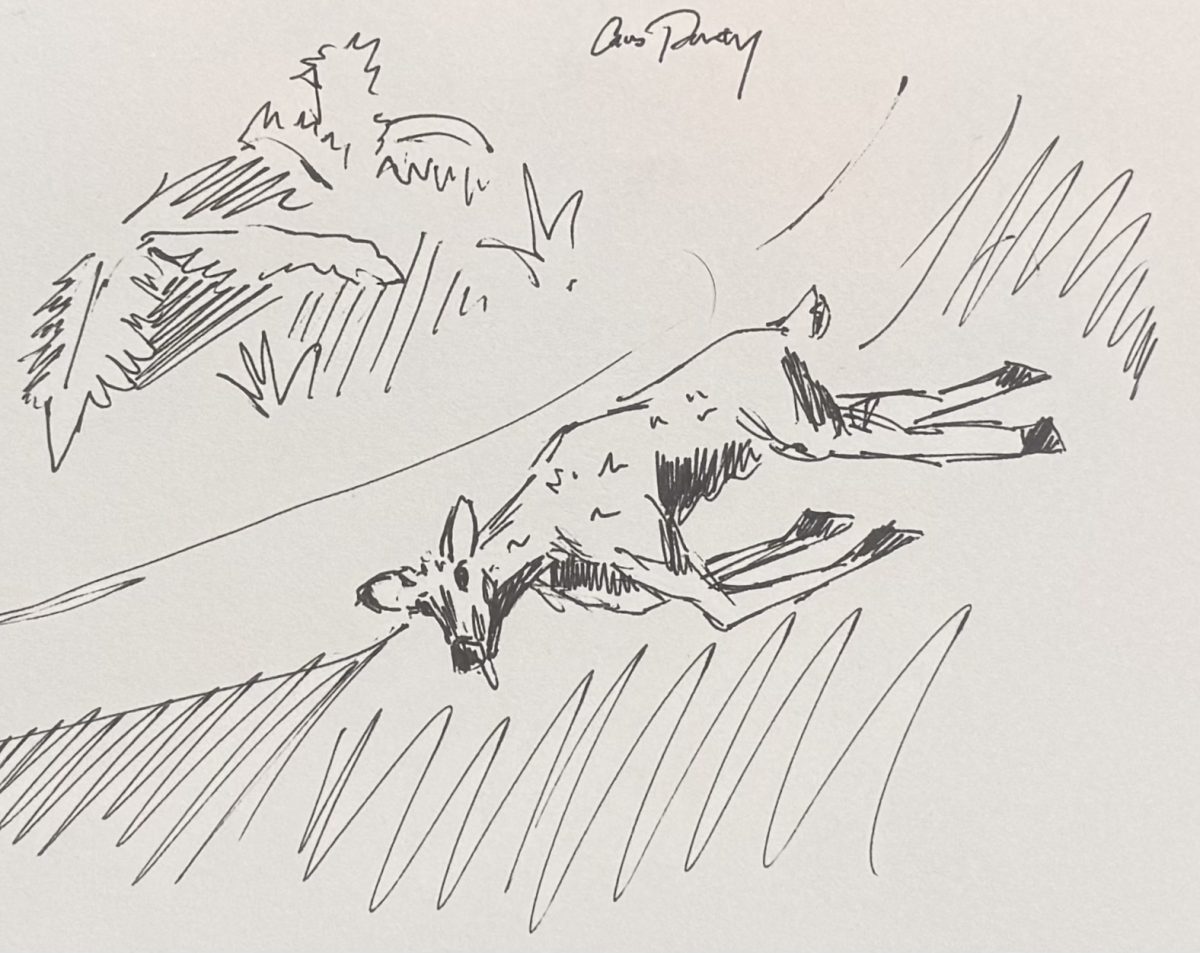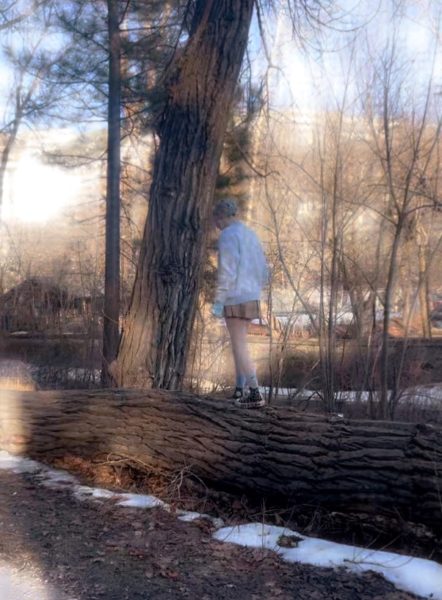As hunting season approaches in Montana, it is of absolute importance that we understand the current hunting laws and quotas proposed by our legislation and FWP.
There was a meeting on Aug. 21, 2025 about officializing HB 259, a bill discussing the wolf quota statewide. A hunting quota is a limit set by wildlife agencies on the number of hunters who can participate in a specific hunt, or on the number of animals that can be harvested in an area. This year’s quota is 452 wolves, which is 37% higher than last year’s quota of 334.
Along with increasing the quota, the use of thermal and infrared scopes to hunt wolves has been permitted, and trappers are allowed to capture multiple wolves with one license. The new bill specifically allows hunters to employ bait to hunt or trap wolves, which takes away the true value behind hunting: enjoying the thrill our ancestors felt while tracking and shooting, as well as the protection of livestock.
In regards to trapping specifically, HB 259 permits the removal of all trap setbacks in mineral country. A trap setback is the required distance trappers must keep between their traps and various public areas to prevent the accidental catching of dogs.
Trapping is an inhumane way to capture animals, especially predators such as wolves, that will not be eaten or used in any way. Trapping has been common in the Northwest for centuries, but previously the only animals being caught were smaller ground mammals such as beavers, otters, and minks, specifically for the usage of their fur. Oftentimes traps leave animals injured and in pain for long periods of time before they die from blood loss or infection—dogs and other house pets included. Modern technology has improved the swiftness of these killings, but few trapping deaths are immediate.
During the Aug. 21 meeting, which was open for community comment, FWP released the wrong version of HB 259 to the public which sparked controversy and confusion. Furthermore, the public had their amendments incorrectly numbered. A meeting of great importance to many people requires the bare minimum of properly organized documents. In regards to the bill itself, it is quite contradictory. Those in charge have changed HB 259’s binding mandate into a non-binding directive, allowing for greater fluency in its amendments.
Commissioner Susan Kirby Brooke introduced a motion to reduce wolf quota in region 3 from 80 wolves to 52. In the end they agreed upon 81% of the people who testified wanted reduced wolf killing quotas and were against all expanded killing and setback amendments. The year-round hunting amendments failed, providing a win for wildlife conservationists as the majority of testifiers.
FWP stated that the reason for the high quota was to show legislators that the wolf population is being reduced, but the wolf population was already declining before this new amendment. So why does the reduction rate have to increase to exemplify this to legislatures? Why can’t the statistics be used as proper evidence instead of creating new laws that place ideas, not fact, into the heads of government officials?
The main conversation in the meeting, though, was the creation of a statewide wolf hunting quota instead of partitioning areas of Montana. By passing this amendment the statewide quota intends to hide regional numbers from the public, so that a large amount of wolves killed in one area is invalidated in such a large statistic.
FWP spokesman Brian Wakeman stated that with the current quota, the loss of wolves would not be irreversible, but when asked what number of wolves would be detrimental to the ecosystem he stated, “I’m not in a position to give you that number right now.”
How can the people in charge of protecting our lands not have collected the data necessary to accurately predict the effects of their decisions? The shooting season in Montana lasts from September 15, 2025 to March 15, 2026. The start date for wolf trapping varies by location due to a federal court order, but it commences on January 1, 2026 in FWP administrative regions 1-5 and specific counties. It runs from December 1, 2025 to March 15, 2026 in other parts of the state. As the calendar creeps closer to these dates, the value of knowledge and outspoken opinions could help sway legislative decisions on important ecological laws such as HB 259.

